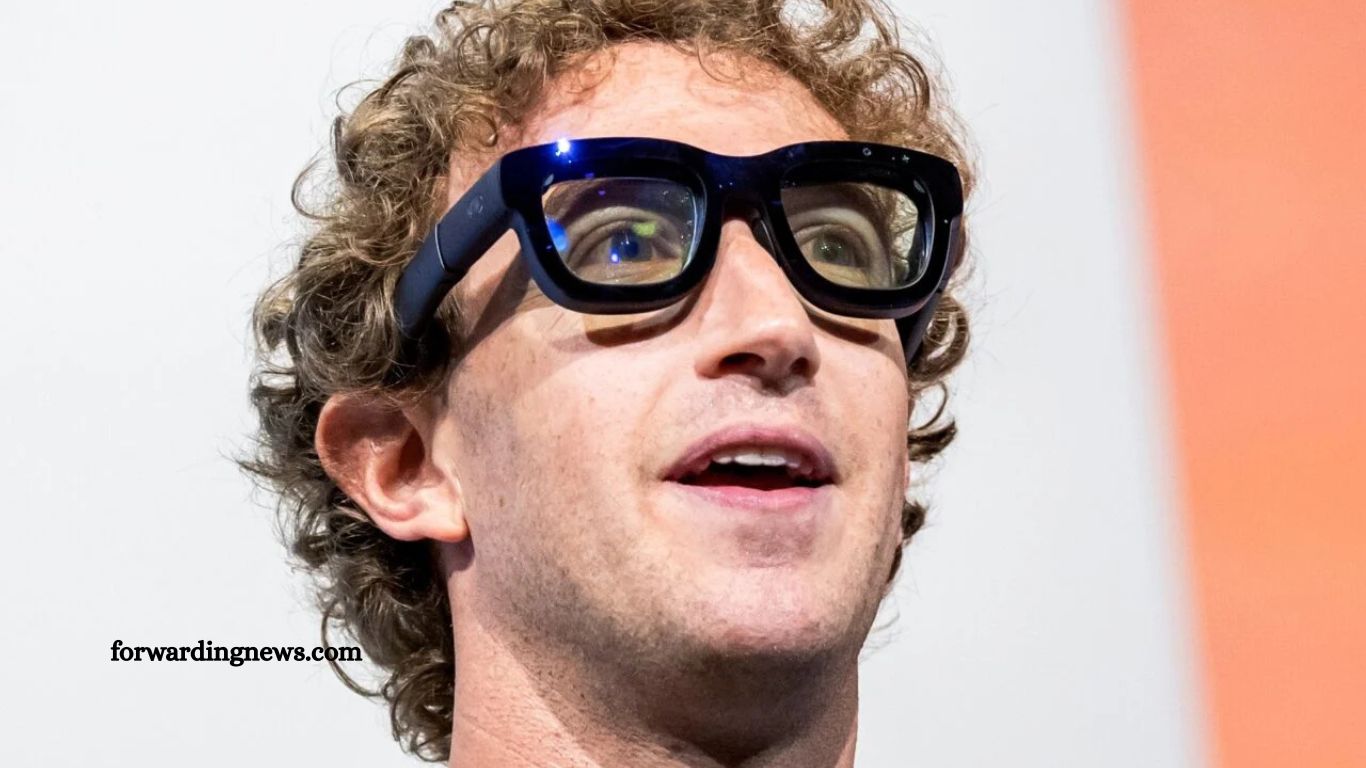Oakley Smart glasses are a notoriously difficult category to get right. They must strike a balance between cutting-edge technology and everyday wearability, all while avoiding the dreaded “tech gadget” look. It’s not enough for them to be glorified Bluetooth earbuds—they need a capable camera, a responsive voice assistant, weather resistance, and all of it discreetly packed into a stylish frame.
Meta, the most prominent player in this space today, understands these challenges better than most. After partnering with EssilorLuxottica—the maker of Ray-Bans—to bring aesthetic credibility to its smart glasses, Meta is now expanding its reach with two new collaborations that push the product line in very different directions: Oakley and Prada.
Read More: How to Prevent Serious Allergic Reactions
Oakley x Meta: Action-Ready Smart Glasses for Athletes
Oakley, the iconic brand synonymous with performance eyewear and extreme sports, is joining forces with Meta to develop a sport-focused line of smart glasses. According to documents obtained by CNBC, these Oakley smart glasses will be “aimed at athletes,” and are inspired by existing Ray-Ban Meta users who have adapted the glasses for action-sports use—think snowboarding, mountain biking, or skateboarding.
This pivot could prove to be a smart one. While Ray-Bans offer broad appeal, Oakley speaks directly to a different kind of user: the adrenaline junkie who wants a durable, wearable camera solution without the hassle of mounting a GoPro or Insta360. To better support that audience, Meta’s Oakley glasses will reportedly feature improved weather resistance—though that upgrade comes at a cost. The Oakley edition is expected to retail around $360, compared to the $300 starting price of the Ray-Ban models.
Having used the Ray-Ban Meta glasses extensively, I can see how natural a fit this would be for action sports. But it raises the question: will there be more than just cosmetic and durability upgrades?
To truly meet the needs of this niche, hardware enhancements like 60 fps video capture, advanced motion smoothing, and wider-angle lenses would be essential. If Meta wants to truly rival GoPro in this space, performance can’t be an afterthought.
Prada x Meta: Smart Glasses Get a High-Fashion Makeover
While Oakley brings rugged performance, Meta’s second new partner—Prada—adds a touch of luxury. Also confirmed by CNBC, this collaboration appears less about pushing the technical boundaries of the product and more about expanding its stylistic reach.
Prada’s eyewear, often characterized by bold, thick arms and oversized frames, could prove to be a natural fit for housing smart glasses tech. The emphasis here seems to be on design-led appeal, potentially targeting fashion-conscious users and women—an area where tech wearables often fall short.
Though the Prada version may not bring substantial functional upgrades, its impact could be significant in normalizing smart glasses as mainstream accessories rather than niche gadgets.
A Strategic Shift: Broadening the Appeal of Smart Glasses
Meta’s twin collaborations reflect a deliberate strategy: rather than betting on one-size-fits-all hardware, the company is tailoring its smart glasses to serve different audiences. Whether you’re hitting the slopes, skating through city streets, or walking into a fashion event, there might soon be a pair of Meta glasses that fits your lifestyle.
We’ll know more soon—Meta plans to officially unveil its new eyewear partnerships this Friday. Stay tuned for updates as smart glasses continue their evolution from tech novelty to everyday essential.
Frequently Asked Questions
Are Meta’s smart glasses really a replacement for GoPros?
Not entirely—yet. While Meta’s Oakley smart glasses offer hands-free video recording, they’re not a full replacement for GoPros in high-intensity or extreme conditions just yet. However, for casual POV content like skating, biking, or snowboarding, they’re emerging as a compelling alternative.
What makes Meta’s Oakley glasses different from other smart glasses?
The Oakley version is reportedly designed for athletes and outdoor enthusiasts, featuring enhanced weather resistance and a wraparound, sport-ready design. They target the same user base that often turns to action cameras like GoPros.
Do Meta’s glasses match GoPro in video quality?
Currently, no. GoPros offer higher frame rates, advanced stabilization, and multiple field-of-view options. Meta’s glasses are more about convenience and style than pro-level video, but hardware improvements may be on the way.
Why compare Meta’s smart glasses to GoPros at all?
Because use cases are starting to overlap. Users are turning to smart glasses for casual action footage—where GoPros used to be the default. The growing popularity of wearable, unobtrusive recording devices makes the comparison more relevant than ever.
Will Meta’s Oakley smart glasses be more expensive than GoPros?
They’re expected to retail around $360, which is comparable to lower-end GoPro models. However, their value comes from integration, wearability, and multifunctionality—not necessarily specs alone.
Are there privacy concerns with camera-equipped smart glasses?
Yes, privacy continues to be a major concern. Meta’s glasses include visual indicators when recording, but as with all camera wearables, responsible use and public awareness remain important.
Conclusion
Meta’s expanding smart glasses lineup—with Oakley targeting athletes and Prada appealing to the fashion-forward—signals a major shift in how we think about wearables. By tailoring its technology to specific lifestyles and aesthetics, Meta is pushing smart glasses closer to the mainstream.
While they may not replace high-performance action cameras like GoPros just yet, the Oakley collaboration positions Meta to compete in spaces traditionally dominated by dedicated gear. Whether for capturing spontaneous moments on the slopes or simply blending tech seamlessly into everyday style, Meta’s latest moves suggest that the future of smart glasses is no longer just speculative—it’s already taking shape on our faces.

